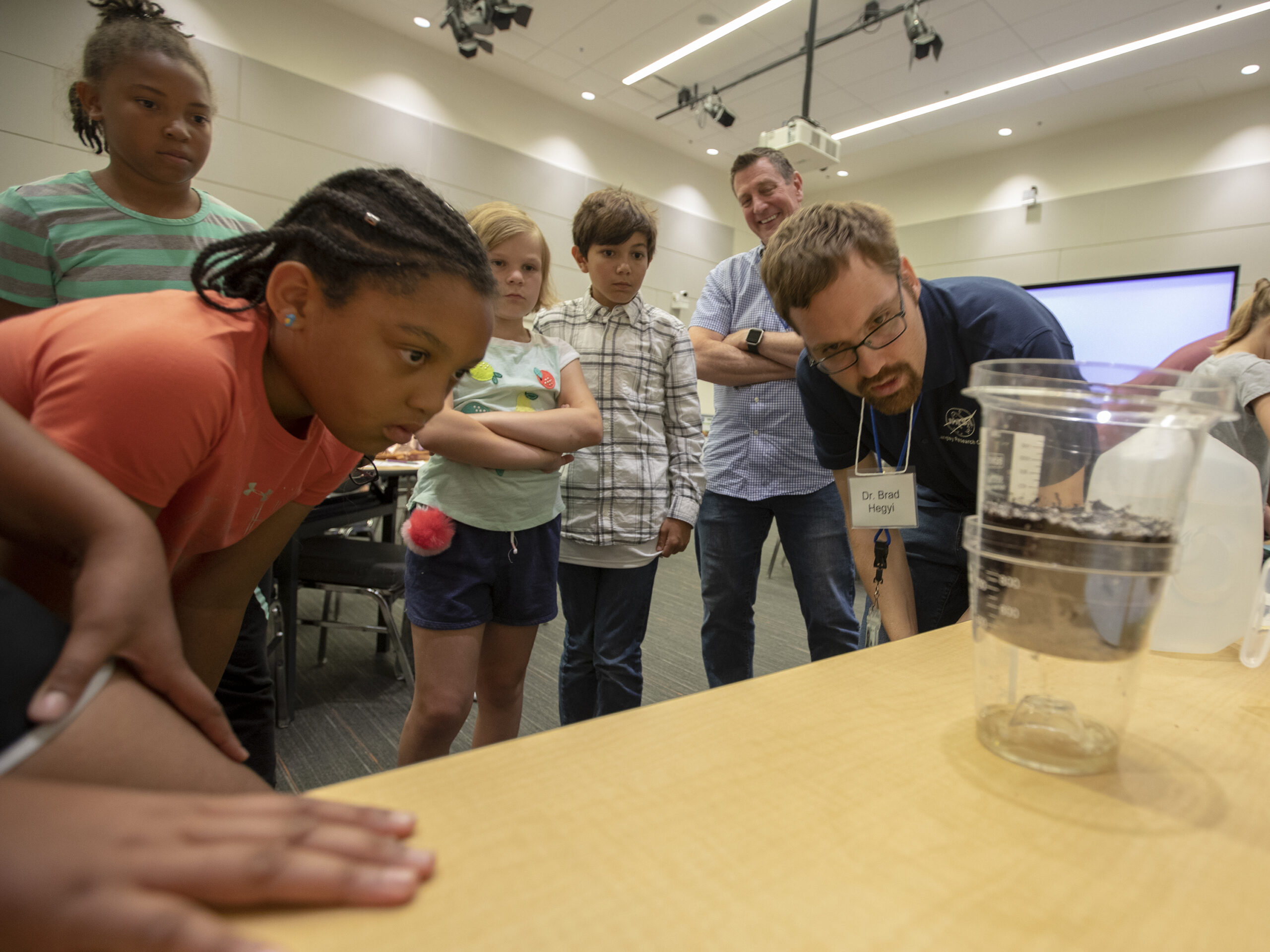NASA and the U.S. Department of Education are joining forces to launch an exciting new initiative aimed at boosting STEM (Science, Technology, Engineering, and Mathematics) education through after-school programs. The kickoff event for this collaboration is scheduled for 4 p.m. EDT on Monday, September 23, at the Wheatley Education Campus in Washington. This initiative, titled "21st Century Community Learning Centers," seeks to engage students in interactive and enriching STEM activities during their after-school hours.
Event Details and Opportunities
During the event, members of the media will have the unique chance to gain insights into this groundbreaking STEM collaboration. Attendees will hear from key leaders and have the opportunity to conduct one-on-one interviews with officials from both NASA and the Department of Education. Additionally, students participating in the event will engage in various educational activities and take part in an engineering design challenge, which promises to be both educational and fun.
Key Speakers
The event will feature remarks from:
- Kris Brown, Deputy Associate Administrator of NASA’s Office of STEM Engagement, headquartered in Washington.
- Cindy Marten, Deputy Secretary of the U.S. Department of Education.
RSVP Information
Media representatives interested in covering the event must RSVP by Friday, September 20, to Abbey Donaldson via email at abbey.a.donaldson@nasa.gov.
About the Project
The 21st Century Community Learning Centers project is a collaborative effort between NASA’s Glenn Research Center in Cleveland and the U.S. Department of Education. The goal is to align resources to provide STEM activities, professional development, and funding for after-school programs across the nation. This initiative will include:
- Staff Training: NASA will offer specialized training for staff involved in after-school programs, ensuring they are well-equipped to deliver high-quality STEM education.
- Ongoing Program Support: Continuous support will be provided to maintain the quality and effectiveness of the STEM activities.
- Student Engagement: Opportunities will be created for students to interact with NASA scientists and engineers, giving them firsthand exposure to real-world STEM applications.
Memorandum of Understanding
In May 2023, NASA and the Department of Education signed a Memorandum of Understanding (MOU) to solidify their partnership and expand their efforts to make high-quality STEM and space education more accessible to students nationwide. Following this, NASA’s Glenn Research Center signed a Space Act Agreement in 2024 to further support the 21st Century Community Learning Centers initiative.
Additional Information
For those interested in learning more about how NASA’s Office of STEM Engagement is working to inspire the next generation of explorers, please visit their official website: NASA STEM.
Good to Know Information
This initiative is part of a broader effort by NASA to engage young minds and inspire future scientists, engineers, and explorers. By providing interactive and hands-on STEM activities, NASA aims to spark curiosity and foster a love for science and technology among students. This collaboration with the Department of Education is a significant step towards ensuring that students from all backgrounds have access to high-quality STEM education, which is crucial for the future workforce.
Reviews and Reactions
The announcement of this collaboration has been met with enthusiasm from educators and STEM advocates. Many believe that this initiative will play a critical role in addressing the growing need for STEM professionals in the workforce. By engaging students at a young age and providing them with exciting and practical STEM experiences, initiatives like these are vital for nurturing the next generation of innovators.
Conclusion
The kickoff event for the 21st Century Community Learning Centers project marks the beginning of a promising collaboration between NASA and the U.S. Department of Education. Through this initiative, students will have the opportunity to engage in enriching STEM activities, inspiring them to pursue careers in science, technology, engineering, and mathematics. This collaboration underscores the importance of providing high-quality STEM education to all students, ensuring a bright future for the next generation of explorers and innovators.
For more information about this initiative and how it aims to benefit students and educators, visit NASA STEM.
For more Information, Refer to this article.


































